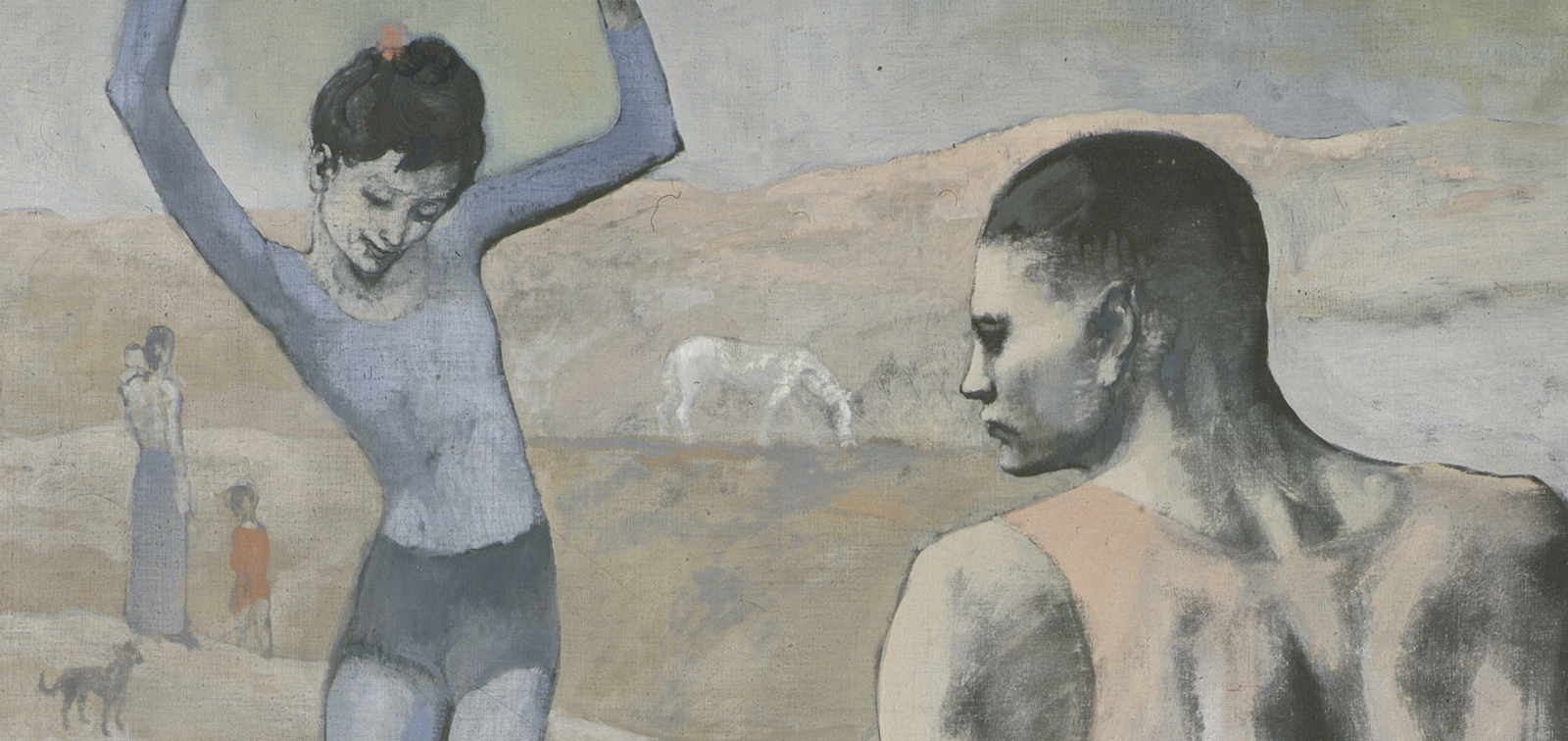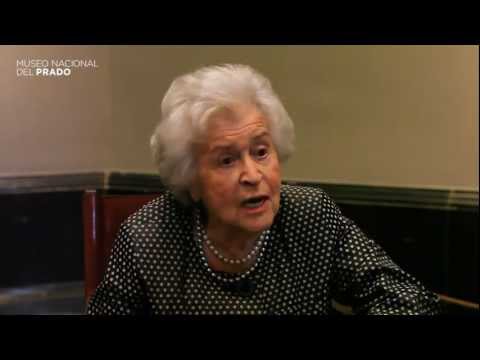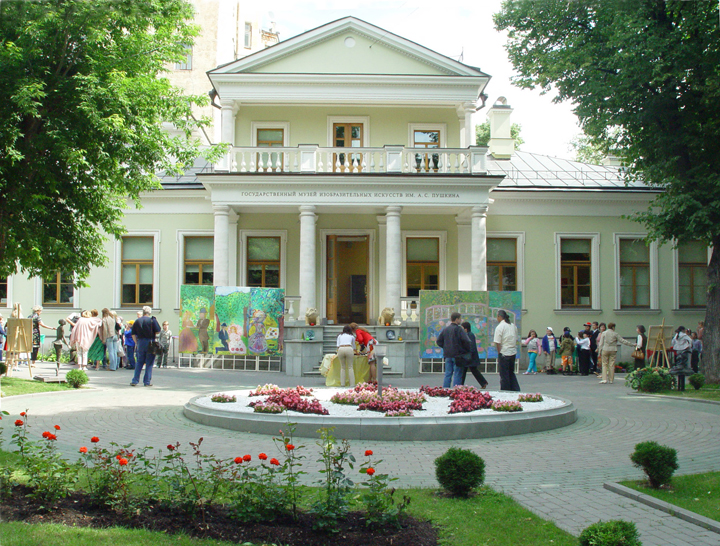Located in the centre of the city, the Pushkin Museum has one of the most important collections of European art in Russia, only surpassed by that of the Hermitage in Saint Petersburg. Its collections include more than 500,000 objects and works of art from antiquity to the early years of the 20th century.
Founded for educational purposes by the university professor and philologist Ivan Vladimirovich, the Pushkin was opened in 1912 as the Museum of Fine Arts and named after Czar Alexander III.
After the Russian Revolution it became the State Museum of Fine Arts and saw a major growth in its holdings between 1924 and 1930 due to the nationalisation of works of art in private collections and the arrival of old collections from Saint Petersburg, particularly the Hermitage.
The Museum, which received its present name in 1937, houses Egyptian mummies, Greek ceramics and sculptures, and European paintings, including works by leading artists such as Bronzino, Botticelli, Rembrandt, Poussin and Canaletto. Its collection of late 19th- and early 20th-century paintings has made the Pushkin world famous and includes works by Monet, Renoir, Degas, Cézanne, Van Gogh, Gauguin, Matisse, Picasso and Kandinsky.
Irina Antonova (born Moscow, 1922) has been Director of the Pushkin Museum since 1961, making her the longest serving director of that institution as well as that of any major art museum world-wide. Her distinguished career has been recognised with numerous honours including the State Prize of the Russian Federation and the French Order of Arts and Letters.








